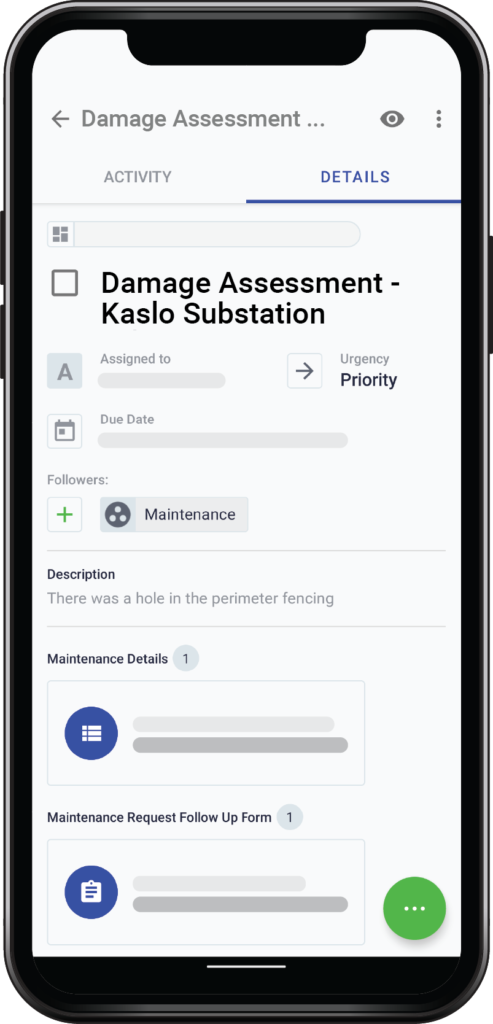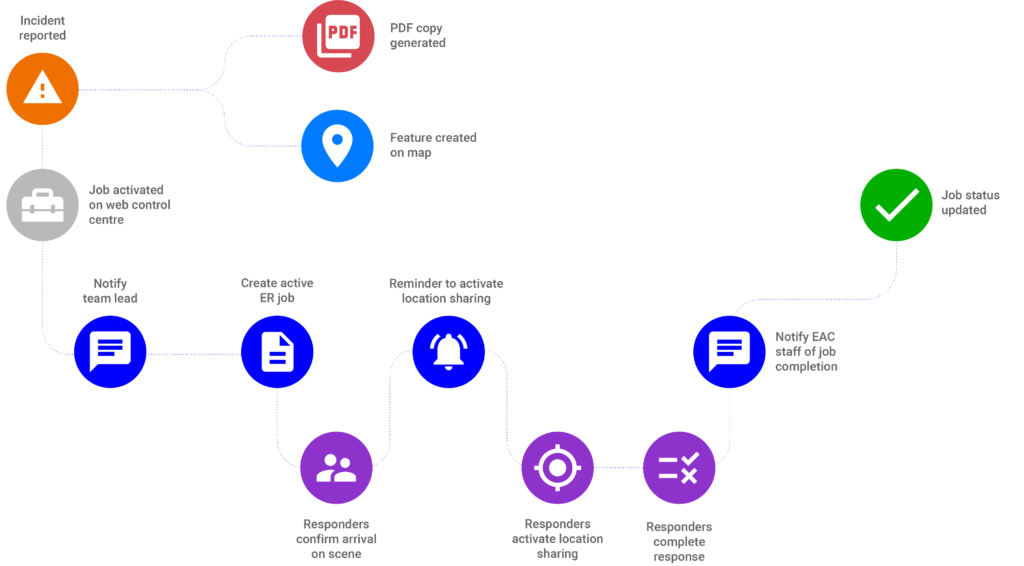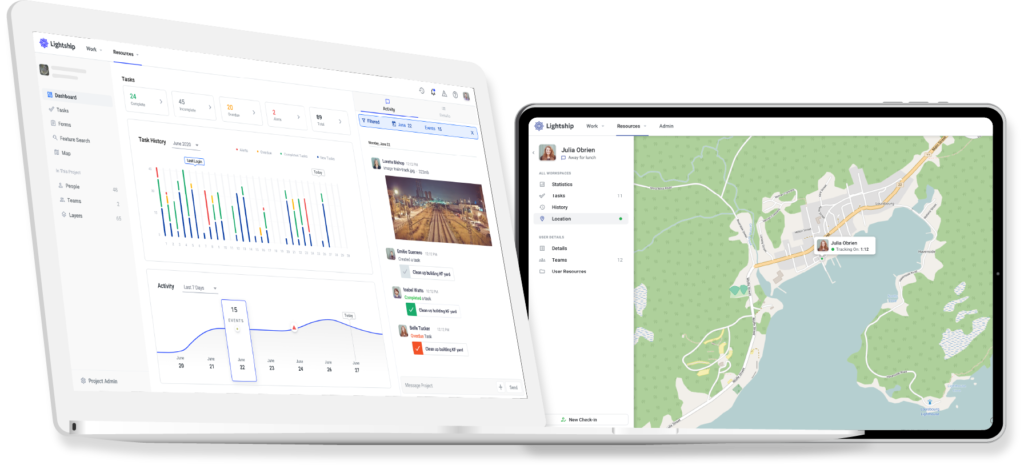Overhauling a power utility company's approach to field operations
A major Canadian utility uses real-time data to improve daily operations, risk management, and response times during natural disasters and weather events.
A major Canadian utility uses real-time data to improve daily operations, risk management, and response times during natural disasters and weather events.
Our client is a Canadian utility company. They’ve allowed us to share their story on the condition of anonymity.
31
generating stations
75,000 km
power lines
120
projects
Faced with constant risk of catastrophic earthquakes and regular service disruptions caused by wind and rain events, a Canadian power utility needed to overhaul its approach to field operations.
Specifically, to reduce cost of response and risk to people, it needed to improve how it evaluated and prioritized damage assessments and related response activities.
Existing procedures for incident response and daily operations relied heavily on manual processes, causing time delays, data gaps, and uncertainty around critical decisions.

The utility implemented Lightship to automate standard procedures, facilitate information capture and sharing, and assign and manage priorities, for both day-to-day and critical incident activities.



Lightship transformed the way the utility captured, visualized, shared, and applied information, enabling faster, lower-risk decisions during incidents and daily work.
Individual workers are now safer, with automated work, communications, and reminders of site-specific considerations. Safe work practices are now incorporated directly into tasks and procedures.
100%
of automatically-generated tasks included available site-specific plans, hazards, and safety reminders for workers.
10x faster
to summarize and share information after it is originally captured in the field.
Real-time visualization
of the entire operation shows crew locations and progress on assigned work, allowing supervisors to oversee and direct activities.
One solution
for both daily operations and emergency response, eliminating license and training costs for dedicated EM software.



Automate complex work, with seamless hand-off between people and automated processes across every area of your business: field, facility, and office.
Connect your enterprise systems, eliminate legacy tech, and fill gaps—with full oversight and monitoring.
1850 Mission Flats Rd.
Kamloops, BC, Canada
V2C 1A9
© Lightship Works Inc. 2020